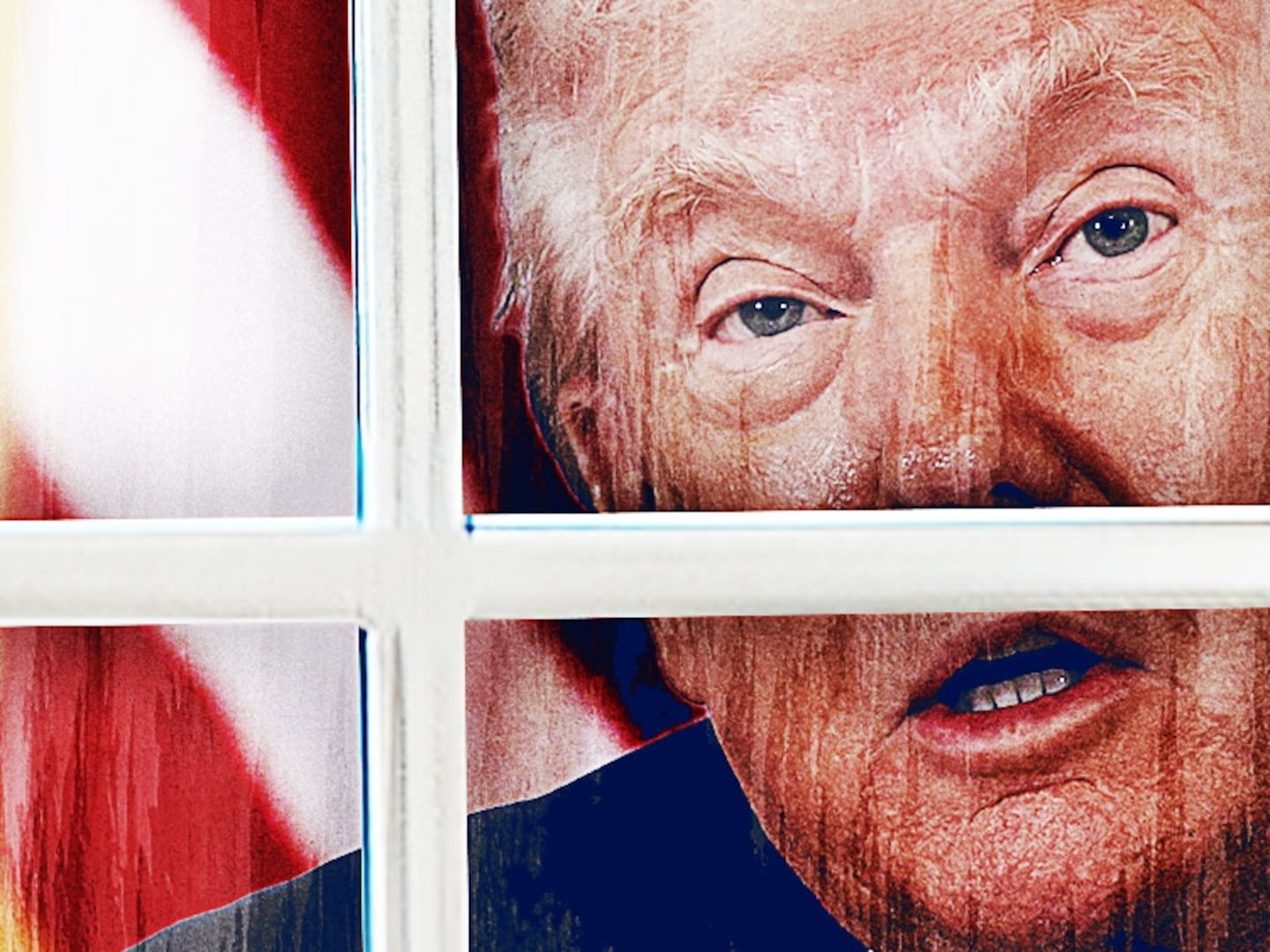It’s next to impossible to find a serious student of international affairs or military strategy who doesn’t think the strategic relationship between the United States and the People’s Republic of China has reached a new nadir. Things were very uncomfortable before Speaker of the House Nancy Pelosi’s Aug. 2 visit to Taipei set off a new round of fireworks, prompting Beijing to initiate its most ambitious series of naval exercises in the vicinity of Taiwan yet. Those exercises amounted to more than saber-rattling. They were nothing short of a rehearsal for just the sort of blockade the People’s Republic of China would attempt to coerce Taiwan into major concessions on its sovereignty, or to launch a combined-arms amphibious assault of the island.
Weeks before Pelosi’s visit, the chairman of the Joint Chiefs of Staff, General Mark Milley, remarked that the Chinese military has “become significantly and noticeably more aggressive in [the Indo-Pacific] region.” Around the time of Milley’s assessment, CIA Director William Burns told an audience that the risk of China trying to take Taiwan by force will only increase in the next several years.

Combat drill for real troops in Zhangzhou, Fujian Province, China, Sept 2, 2022.
CFOTO/Future Publishing via Getty ImagesIndeed, there is a clear consensus among both military and political experts that the Taiwan Strait is the most likely place for American and Chinese forces to clash, that such a conflict could well begin soon, that it could all too easily escalate to a major war, and that American and Taiwanese deterrence against such an attack is too weak and in need of beefing up, pronto.
Ever since a pro-Western government was established on the island in the wake of Mao’s victory in the Chinese Civil War in 1949, Beijing has waged a patient and methodical campaign to re-establish sovereignty over the island, which today is home to a thriving, autonomous democracy of 24 million with a high-tech-oriented economy and a strategically indispensable semi-conductor industry for most of the developed world, the United States included. China’s current president, Xi Jinping, has been pursuing unification with an unprecedented intensity and ardor. He seems to believe it his personal destiny to bring the island into the fold, regardless of what the Taiwanese—or the United States and the alliance it leads—think about it. Moreover, Xi and his Chinese Communist Party colleagues share a perception that the United States is a declining power, no longer suited for leadership in international affairs generally, let alone in East Asia.
This belief itself is a highly destabilizing factor for the U.S.-China relationship, for it tends to fuel Beijing’s sense that America lacks the will to defend its interests and allies in East and Southeast Asia.
And then there is the generally ominous issue of the PRC’s long-range intentions. Most Western international relations and China scholars now reject Beijing’s depiction of its new assertiveness in the Indo-Pacific region as an integral part of its “peaceful rise,” and believe it is pursuing a strategy of regional hegemony in Asia.
Taiwan has a military of 300,000 members and more than 400 jet fighters, but the primary deterrent preventing Beijing from seizing the island by force has been the military might of the United States. For 40 years, Washington’s policy of “strategic ambiguity” has been successful in both deterring China from seizing the island by force, and dissuading the Taiwanese from declaring independence, an act which various PRC officials have said would be an open provocation to war.
Current U.S. policy officially recognizes the PRC as the sole Chinese nation, but also promises military and political support for Taiwan. The 1979 Taiwan Relations Act declares that the U.S. will “consider any effort to determine the future of Taiwan by other than peaceful means as a threat to the peace and security of the Western Pacific and of grave concern to the United States.”
What is particularly disconcerting at this juncture is that Xi and his lieutenants can make a very compelling argument that mounting a blockade, or even an seaborne invasion, sooner would be much less costly than doing so later. The argument goes like this: the major obstacle to Beijing’s conquest—the deterrent power of the U.S. military, has badly eroded over the last two decades. The Chinese navy is now larger than that of the United States. The Chinese military possesses cyberwarfare skills at least the equal of the Americans’ and has a more sophisticated array of hypersonic and antiship missiles than the United States, which, notably, has lost in excess of 90 percent of the Pentagon’s war games simulating a Chinese invasion of the island.
Of great concern to American policymakers and military strategists has been Beijing’s steadily improving “anti-access/area denial” capabilities, which are designed, as defense expert Michele Flournoy writes in a recent issue of Foreign Affairs, “to prevent the United States from projecting military power into East Asia in order to defend its interests or allies. As a result, in the event that conflict starts, the United States can no longer expect to quickly achieve air, space, or maritime superiority; the U.S. military would need to fight to gain advantage and then to keep it, in the face of continued efforts to disrupt and degrade its battle management networks.”
Xi and his admirals also recognize that the door on peaceful unification is rapidly closing, as the island’s inhabitants grow more and more weary of the mainland’s intimidation tactics, including regular penetration into Taiwan’s airspace and territorial waters and an information warfare campaign. The collapse of civil liberties in Hong Kong puts the lie to Beijing’s promises of “one nation, two systems.” So does a recent comment by Beijing’s ambassador to France. He remarked that the Taiwanese had been brainwashed by independence advocates, and that he was “sure that as long as they are re-educated, the Taiwanese people will once again become patriots.”
In short, the strategic momentum remains with China, but Xi surely recognizes that there is a new sense of urgency in the Biden administration, and in the American foreign policy community generally, to buttress deterrence throughout the entire Indo-Pacific theater of operations. The United States has made impressive headway in marshalling a coalition of the willing to challenge Chinese aggression. A new agreement with Australia and the U.K. promises to bring the former country a new fleet of nuclear-powered submarines, and new responsibilities to challenge Chinese bullying of its neighbors in East and Southeast Asia. Japan and South Korea, too, are planning to step up defense spending and cooperation with a new, but still inchoate U.S. strategy to challenge China’s military rise.

Artillery hits a target during a two-day live-fire drill, amid intensifying military threats from China, in Pingtung county, Taiwan, Sept. 7, 2022.
Ceng Shou Yi/NurPhoto via Getty ImagesWashington and Taipei have agreed in principle to implement a “porcupine” strategy on the island itself, with a view to making any attack from the mainland very costly and painful. The United States is going to provide the Taiwanese with thousands of new weapons designed for asymmetric warfare, including mobile missile launchers, and drones. American Marines and Special Forces are already in Taiwan to train the Taiwanese armed forces, and to establish a territorial defense force as well. To fend off an amphibious assault, says retired U.S. admiral James Stavridis, former NATO supreme commander, Taiwan needs “a plentiful supply of anti-ship missiles, cyber capability, and special forces who can neutralize China’s advance teams and air defense systems.” In the event of combat on the island, it seems clear as well that the United States would provide a wealth of intelligence information to the defenders.
To deter a more general pre-emptive attack on U.S. bases in the region, strategists are urging the Biden administration to widely disperse U.S. military assets from the big American bases on Guam, Japan, and Hawaii to a multitude of smaller outposts on Pacific islands and atolls, and to modernize the Indo-Pacific Command’s inadequate logistics and air defenses.
Meanwhile, on the diplomatic front, the United States must pursue the very difficult task of working out new protocols and rules of the road to govern their strategic rivalry. The most pressing issue right now concerns China’s reckless assertions of sovereignty over the entire Taiwan Strait, and the militarization of seven islands in the South China Sea. The UN Convention on the Law of the Sea has ruled that these islands and the strait are in international waters. China has ignored those rulings.
Defusing the current crisis over Taiwan isn’t going to be easy, or without anguish. As Bonnie S. Glaser, a noted expert on U.S.-China relations recently wrote, “Are we clear about what deters China and what provokes China? The answer to that is ‘no,’ and that is dangerous territory.”







